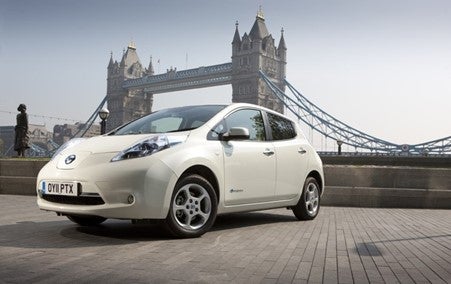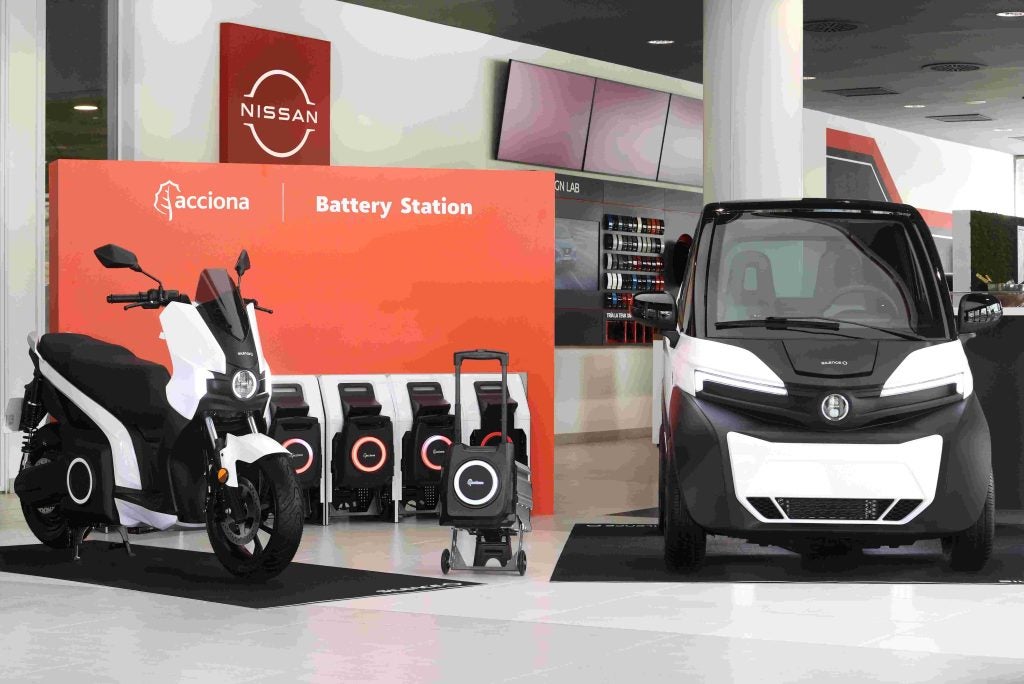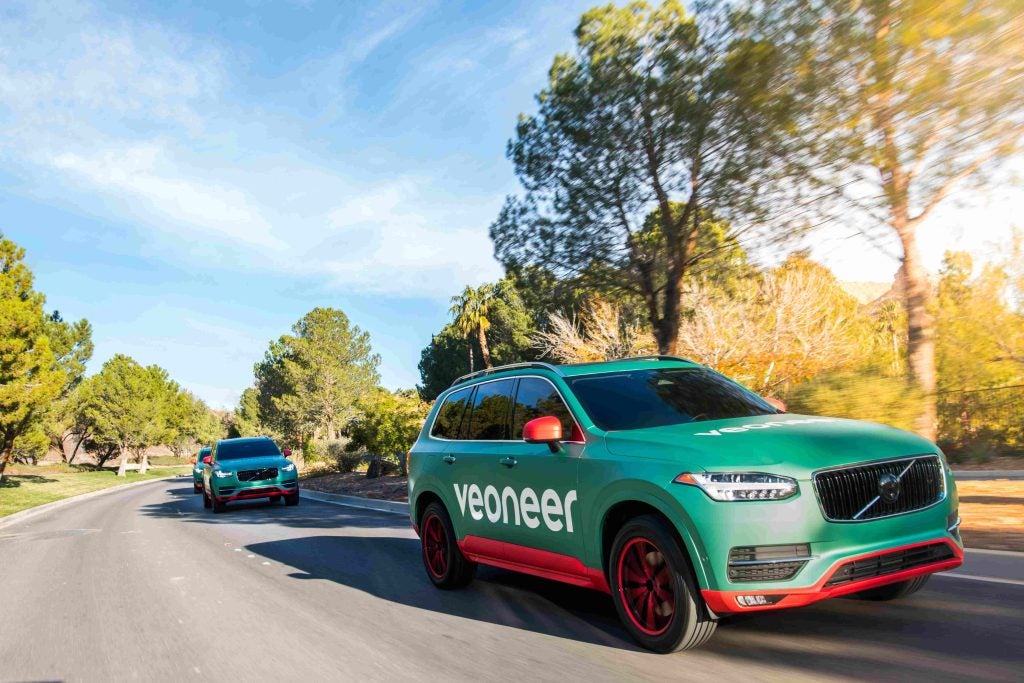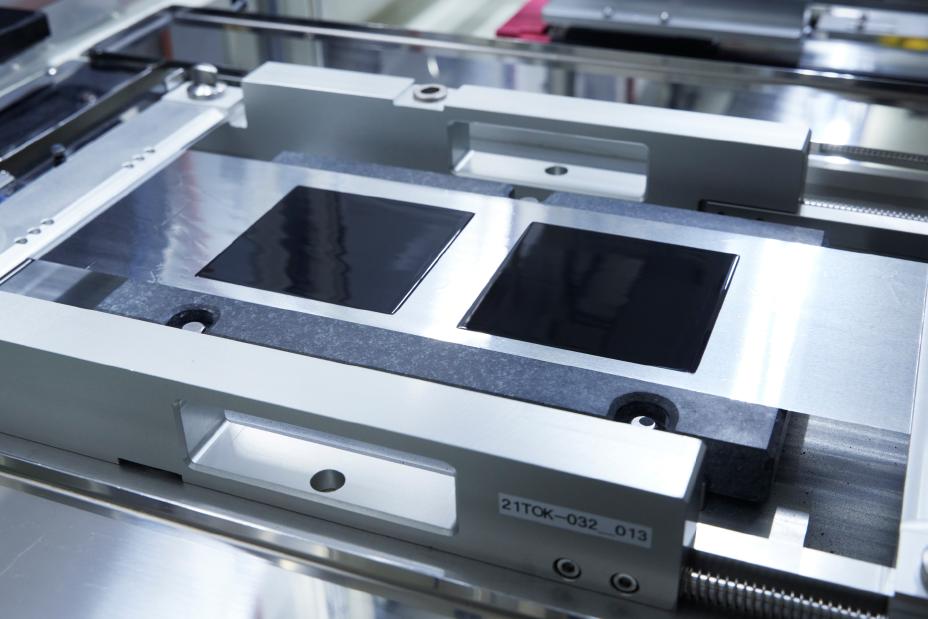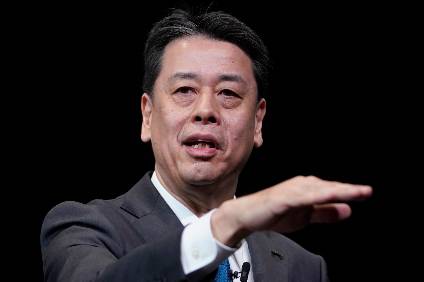
- Says it’s critical EVs are profitable because of their rapidly rising market share.
- Alliance can help drive to lower high costs of EVs, an essential focus as electrified vehicle ratio in sales rises rapidly
- By 2023 sees a 60% electrified ratio in Japan; 50% in Europe; 23% in China.
- Outlines Alliance leader-follower principle based on competitiveness support: “Many people say in Europe [the Alliance is] a leader-follower scheme – leader is Renault. No. Market-wise we say ‘reference’.”
- Sunderland ‘one of our important plants’, but hopes UK and EU ‘give us something reasonable’ so that plant can grow.
Makoto Uchida became president and CEO of Nissan in January 2020, and by May had unveiled his four-year transformation plan, Nissan Next. It’s a company in no little turmoil: Uchida is the third CEO since the ousting of Carlos Ghosn in 2018, last year’s loss was $6.2bn, it has huge excess capacity and strategic troubles not least around the Alliance with Renault and Mitsubishi.
His plan calls for cutting capacity, combined with growth that’s moderate and sustainable rather than headlong and unprofitable. He’s also doubling-down on traditional Nissan strengths: crossovers, electrified vehicles, advanced driver assistance.
With those in mind he’s lately unveiled the all-new Ariya. “We would like to have this car as a kind of game-changer on a core market, starting with Japan, U.S., Europe, and China,” he says.
It rolls together all Nissan’s knowledge in significant future-facing arenas. “It’s an EV of course, we also have ProPilot 2.0 autonomous drive, great connectivity, and OTA upgrades. So this is the representative model of Nissan Intelligent Mobility.”
He declines to be specific about how many units of this ‘game-changer’ Nissan will sell, but claims that with the Qashqai Nissan “invented” the crossover segment in Europe, and can call on deep EV customer knowledge because of nearly a decade’s experience with the Leaf. He says that despite “huge experience” in EVs and crossovers, “I’m not still satisfied with Nissan’s European market share.”
Nissan launched the Leaf almost a decade ago, but since then has failed to add another pure-electric car – only the e-NV200 van/MPV. Is profit, or lack thereof, the reason?
How well do you really know your competitors?
Access the most comprehensive Company Profiles on the market, powered by GlobalData. Save hours of research. Gain competitive edge.

Thank you!
Your download email will arrive shortly
Not ready to buy yet? Download a free sample
We are confident about the unique quality of our Company Profiles. However, we want you to make the most beneficial decision for your business, so we offer a free sample that you can download by submitting the below form
By GlobalData“It is true as compared to the ICE, still the cost and the value for the customer of an EV is sometimes difficult to justify. So it is going to be tough,” he concedes. But less tough than it was.
“With the electrified vehicle, what are the core components we are talking about? Battery, motor, all these kinds of things. As technology evolves in the next generation, we foresee a lot of technical cost optimization. And Ariya has those. We have a cost optimization plan and that would definitely increase EV demand.”
He adds that it’s critical EVs are profitable because of their rapidly rising mix. “In Japan with e-Power [Nissan’s range-extender EVs] and the [pure] EV by 2023, we will have a 60 percent ratio of electrified vehicles. In Europe it will be 50 percent. in China 23 percent by 2022. So with that portfolio on those three markets, then if we are not able to have sufficient profit, we will not be able to sustainably show profit of the company, right?”
“We do have Alliance purchasing, where we are taking the mass merit of Renault, Nissan and Mitsubishi. We can be competitive in this difficult field of electrified vehicles, where the cost of components is still not yet as low as ICE vehicles.”
From 2016 to 2018 Uchida was Corporate VP, Alliance Purchasing at Nissan. He believes in this route to cost savings in EVs. “That’s the way that the Alliance can support us. Renault has a different solution to the technology as a brand [its E-Tech PHEV system operates on another principle altogether] and Nissan has e-Power. But if you look at the sum of the common components, and we do have Alliance purchasing, where we are taking the mass merit of Renault, Nissan and Mitsubishi. We can be competitive in this difficult field of electrified vehicles, where the cost of components is still not yet as low as ICE vehicles.”
Does the Alliance also have a significance for Nissan in deciding the segments it competes in, especially in Europe? “Well, in our Nissan Next plan, of course we wanted to further enhance Nissan’s presence in Europe. Then the question was how? Definitely the brand strategy of Nissan will take the initiative to build the product plan. Then, once we find our partner can support our competitiveness, we have those discussions. Many people say in Europe [the Alliance is] a leader-follower scheme – leader is Renault. No. Market-wise we say ‘reference’.
“In vehicle technology we say ‘leader and follower’. That is defining the Alliance. Then also when it comes to the commercial and industrial plan, if you find some competitiveness by the partner can support us, then we will consider. So that is the order.”
His Nissan Next plan calls for pulling Datsun from Russia, abandoning South Korea altogether, and also, from the presentation he gave, seeing no future for conventional Nissan hatchbacks in Europe (an area in which Renault is strong). Is the Micra doomed in Europe? “We are still under discussion on this kind of thing. We need to focus on our strengths and how we can grow that in Europe.”
Yet the Barcelona CV plant is under consultation for closure. How about the Sunderland plant? Could Nissan support Sunderland by building the Ariya there or by building Renault? “Definitely Sunderland is one of our important plants, but there’s also still uncertainty when it comes to the government discussion about this FTA with the EU. So this is something we are patiently looking at. We hope that both governments would give us something reasonable so that we can further utilise our Sunderland plant in a competitive way, for our plant to grow. This is what I can say today.”
The Nissan Next plan emphasises advanced driver assistance, as Nissan has long done. But the likely date for a fully autonomous vehicle keeps receding. And it’s proving hugely expensive. What is Uchida’s view? His first response is upbeat, naturally. “Our driving system ProPILOT 2.0 is beautiful. I’m confident about the stable feeling of our autonomous ride.”
Then what’s next in the AV roadmap for Nissan? Here he becomes hesitant. “Of course hands-off, eyes off, this is the one we are talking about in the future. What we can do? Well we know our friends at Waymo have tonnes of experience on simulation, on scene and pattern [recognition], which come through AI. But human eyes too have a lot of capability.
“As an automotive company, we think very seriously about safety. Therefore, we need to be very cautious. And to overcome that, it’s a huge investment.” Particularly as it won’t be a uniform global solution. “This all depends on the regulations of each government, what countries will allow.”
As with all my executive interviews these days, I end with asking how he sees the medium-to-long term consequences of the COVID-19 pandemic.
“Personally, I feel with COVID-19, what you see on TV is your reality. We have not had this kind of experience in the past. So we need to live with this situation.
His first example is Japanese ‘presenteeism’. “The way of working has dramatically changed in our company. In a Japanese enterprise, if the president or CEO is there, everybody has to come in, face to face. So now, we can work more efficiently. People have balance of life, of home working, which enables them to work more flexibility and efficiently. And this has a very strong asset in [encouraging] diversity.
“And also from the customer point of view, for in cities, their need for a private car is probably starting to increase. And the way of the buying the car would be different.
“We need to be flexible. We need to anticipate. I believe this will continue. And maybe totally change some of the business schemes.”



